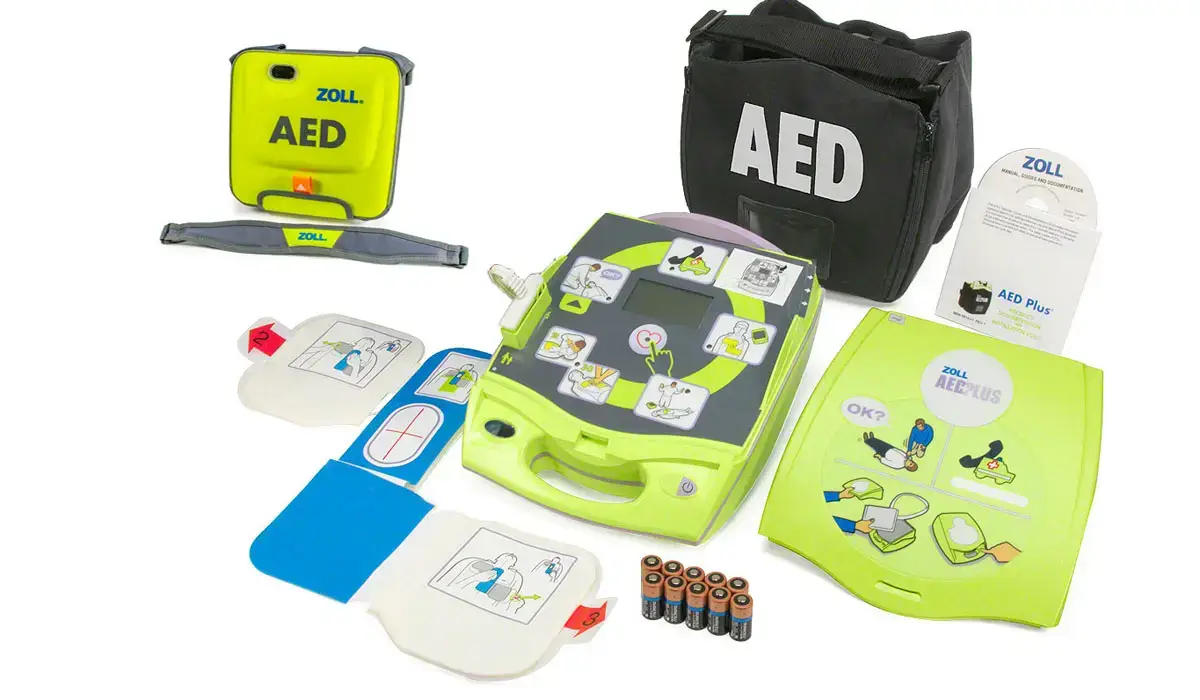
Automated External Defibrillator (AED): Why Public Spaces Must Have One
Empower Your Response In Public Spaces With Automated External Defibrillator
Ensuring that lifesaving tools like AEDs are readily accessible can spell the difference between life and death. At Illinois Safety, our commitment to providing quality classes for community safety is second to none. Whether you’re a business owner, medical professional, or an everyday citizen, the importance of public defibrillators cannot be understated. Peruse our enlightening photos, see what our satisfied clients have to say in our reviews, or book your class today. Should you have any queries, please reach us at (630) 290-4280.
Importance Of Automated External Defibrillator (AED) In Public Spaces
In a society fixated on technology and innovation, a fundamental lifesaving tool often gets overlooked: the public defibrillator. These devices transcend their mechanical functions to become lifesavers in the most literal sense designed to reactivate a faltering heart. Here’s why their presence in public spaces is non-negotiable.
1. Immediate Intervention
Immediate intervention isn’t merely helpful; it’s often life-saving. Here, every second counts, and swift, decisive action is essential. Let’s delve into why immediate intervention, particularly through public defibrillators, is so crucial.
Time-Sensitive Nature Of Cardiac Arrests
Once the heart ceases its regular function, the clock starts ticking fast. Brain damage can occur within minutes, making immediate action indispensable. Studies indicate that for every minute without CPR or defibrillation, the survival rate of a cardiac arrest victim decreases by 7-10%.
Role Of Bystanders
Emergency medical services may often arrive on the scene after some time. This delay enhances the critical role that bystanders play in intervening. Empowered with the right tools, an ordinary person can change someone’s life in that decisive moment.
2. Utility Of Public Defibrillators
When the topic of public safety arises, discussions often lean toward surveillance cameras, security personnel, or emergency call stations. However, one asset that should be considered is the public defibrillator. These are more than just first-aid tools; they are immediate life-saving interventions waiting to happen. Here’s a closer look at their utility.
Ease Of Use
Public defibrillators are designed simply, often featuring clear visual and auditory instructions. This makes them user-friendly for bystanders, who may not have any medical training but find themselves in a situation where immediate action is crucial.
Rapid Response
A defibrillator stationed in a public area is readily accessible, enabling swift action in the crucial moments following a cardiac event. The speed at which defibrillation occurs is a significant factor in improving the chances of survival and positive long-term outcomes.
Broad Accessibility
Public defibrillators’ visibility and strategic placement, often in high-traffic areas, mean that a larger population has access to them. Whether you’re at a shopping mall, train station, or sports facility, the availability of a defibrillator can make all the difference.
Enhanced Community Safety
Defibrillators in public spaces send a strong message about community preparedness. They act as a signal, reinforcing the importance of collective responsibility in safeguarding the well-being of citizens.
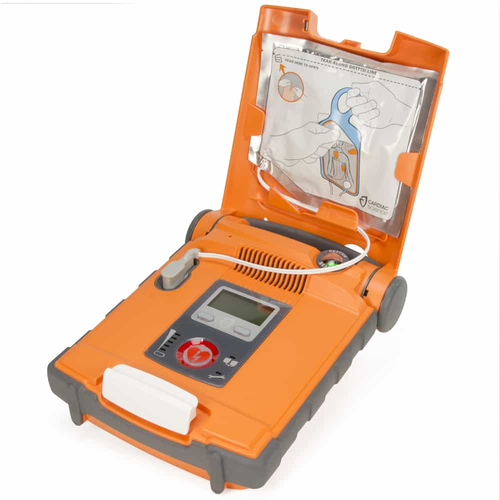
3. Democratizing Lifesaving
When we think of saving lives, it’s easy to picture trained medical professionals rushing through hospital corridors in scrubs. But the reality is that life-saving interventions often occur far from the hospital room, in the places we least expect. This is where the concept of “democratizing lifesaving” comes into play. It’s about empowering every citizen to be a potential lifesaver in need.
Community Empowerment
The notion of democratizing lifesaving hinges on the principle of community involvement. When everyone has the means to act, the entire community becomes safer. Public defibrillators are one of these empowering tools, allowing for immediate intervention irrespective of medical training.
The Role Of Training
While it’s essential to have life-saving devices accessible, the efficacy of these tools also relies on widespread CPR and defibrillator training. This ensures more people can operate them confidently, thereby casting a wider net of potential lifesavers.
Accessibility Across Socioeconomic Lines
Traditionally, life-saving technologies are expensive and restricted to well-funded institutions. The proliferation of public defibrillators can break down these barriers. Affordability and accessibility are key, especially in socioeconomically diverse areas, to ensure that life-saving isn’t a privilege but a shared societal value.
Shifting The Paradigm
Democratizing lifesaving is more than just distributing devices or offering training; it’s a shift in mindset. It promotes the idea that we can save lives regardless of our profession or expertise. It challenges us to be prepared and aware, elevating the community’s collective safety.
4. Economic Benefits
The impact of public defibrillators is often viewed through the lens of immediate life-saving potential. While that’s undoubtedly the most critical aspect, it’s worth noting that these devices also offer economic advantages that are hard to ignore. Let’s unpack how making an upfront investment in public defibrillators can lead to long-term economic gains.
Reduced Healthcare Costs
Immediate intervention in cardiac emergencies can significantly lower subsequent healthcare costs. The faster a heart rhythm is normalized the less potential for complications. Reduced hospital stays and less intensive medical treatments can result in substantial cost savings for healthcare systems and individuals.
Increased Workforce Productivity
The quicker recovery enabled by immediate defibrillation means that patients can return to their normal lives and jobs sooner. This improved workforce productivity ultimately contributes to economic growth as prolonged absences are minimized.
Enhanced Public Space Utilization
The presence of public defibrillators makes public spaces safer, encouraging more people to frequent them. This has a positive ripple effect on local businesses. Increased foot traffic can lead to higher business sales near these public spaces, indirectly boosting the economy.
Cost-Efficiency Of Public Defibrillators
While installing a defibrillator involves an initial outlay, the cost per use diminishes significantly over time, particularly when multiple lives are saved. This contrasts favorably with the financial toll of emergency medical services and subsequent healthcare, making defibrillators a cost-efficient investment.

Improving Automated External Defibrillator (AED) Access In Public Areas
The AED accessibility in public areas still lags. A discrepancy exists, and bridging this gap isn’t just about installing equipment; it’s about weaving a safety net across our shared spaces.
• Transportation Hubs
Airports, bus stations, and train depots witness a daily flux of travelers. Amid the hustle and bustle, medical emergencies are unforeseen yet possible. When seconds count, having an AED nearby can be a game-changer, potentially converting a transit point into a lifesaving station.
• Educational Institutions
Schools and colleges aren’t just centers of learning. They’re vibrant ecosystems teeming with activities, sports, and events. Ensuring the availability of an Automated External Defibrillator means empowering educators, coaches, and even students to make a timely difference during cardiac emergencies.
• Recreational Centers
From swimming pools to community theaters, recreational centers are places of joy and relaxation. Yet, they’re not immune to unexpected health crises. Strategically positioning AEDs in these areas magnifies the umbrella of protection for attendees of all ages.
• Retail And Shopping Areas
Weekend shopping trips or daily errands could take a drastic turn with a sudden cardiac event. Retail spaces and malls, frequented by thousands daily, can serve as critical intervention points if equipped with AEDs.
The Urgency Of Cardiac Emergency Preparedness
The ability to promptly and adequately respond to such emergencies is more than just a matter of efficiency; it’s a matter of life and death. This is where the urgency of cardiac emergency preparedness comes into play.
❖ The Startling Automated External Defibrillator Statistics
Cardiac emergencies, striking when least expected, cast a grim shadow with their prevalence. Every year, the toll of sudden cardiac events escalates, underscoring an undeniable reality: no one is truly immune. While certain risk factors provide hints, the indiscriminate nature of these events makes everyone vulnerable — from the energetic college student to the septuagenarian enjoying retirement. But let’s be clear; presenting these figures isn’t about inciting fear. It’s about awakening a collective consciousness to the pressing need for readiness.
Demystifying The Numbers
The term “countless deaths” isn’t a mere exaggeration. Data consistently highlights the high mortality rates associated with cardiac events, painting a sobering picture. These aren’t just faceless statistics. Each number represents someone’s mother, father, sibling, or friend. Each figure underscores the urgency of a proactive approach.
Beyond Recognized Risk Factors
Certain health conditions or lifestyles amplify risks. But too often, the individuals who collapse from a sudden cardiac arrest have no known prior conditions. This unpredictability emphasizes that relying solely on recognized risk factors is a limited approach. Comprehensive preparedness is the answer.
Automated External Defibrillator: The Game Changer
Here’s where Automated External Defibrillators make their mark. As medical advancements aim to bridge the gap between sudden cardiac events and survival, AEDs emerge as invaluable tools. Quick access and proper usage can turn a potentially tragic event into a story of hope and resilience.
❖ Lifesaving AED Devices
The ability to respond to such emergencies has seen monumental changes as the world advances, thanks to innovative devices. One such breakthrough that stands out is the automated external defibrillator, synonymous with hope and second chances.
Often referred to simply as AEDs, these machines aren’t just devices but lifelines. They are expertly engineered to diagnose life-threatening cardiac arrhythmias and deliver an electrical shock to the heart. This jolt can potentially restore a normal heartbeat, an action that might seem complex but is made astonishingly simple by these devices.
Automated External Defibrillators are not just optional equipment but essential life-saving tools for public spaces. Take the next step in elevating your safety standards by exploring Illinois Safety’s comprehensive offerings. Check out our specialized classes to equip yourself and your team with the necessary skills. Our AED shop provides reliable devices designed to make public spaces safer. Read through real-life testimonials on our reviews page. For further details, our FAQs are at your disposal, and if you’re more visually inclined, our photos can give you a better idea of our setups. Book your class or reach out with any inquiries at (630) 290-4280. Your action today can save lives tomorrow.
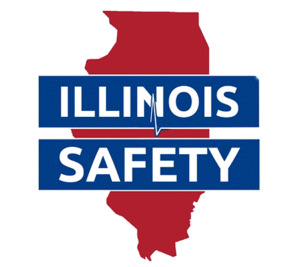
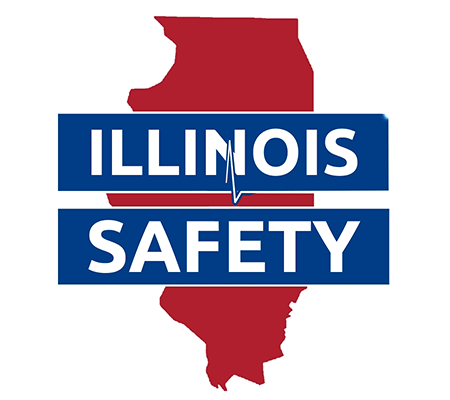



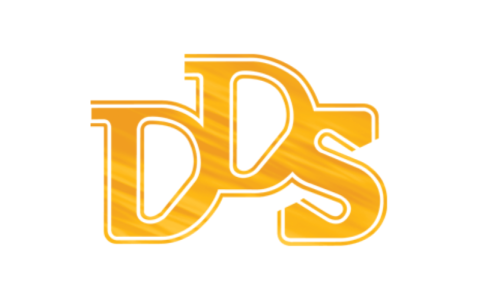



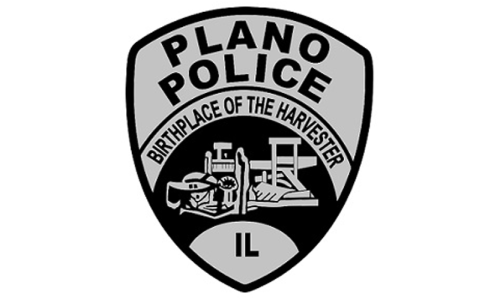

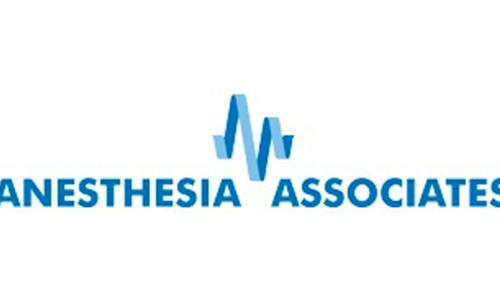





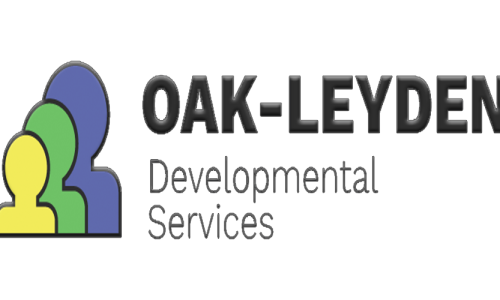


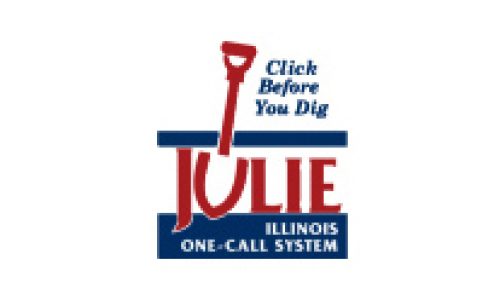





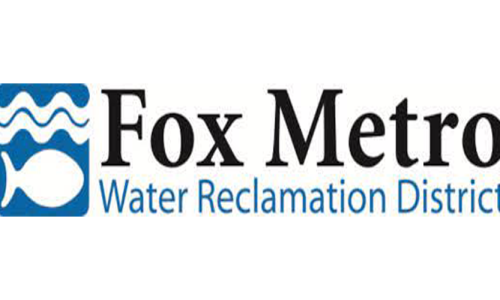



 Powered by
Powered by